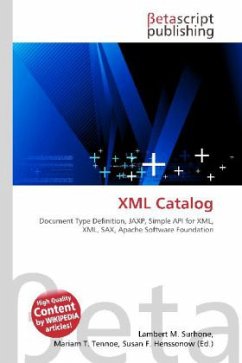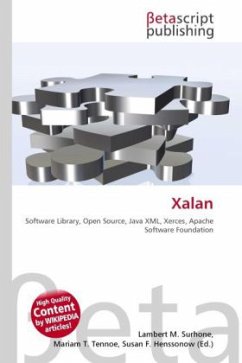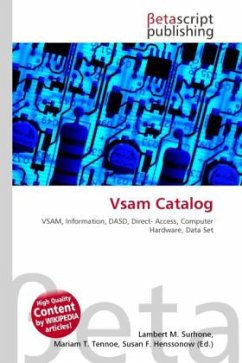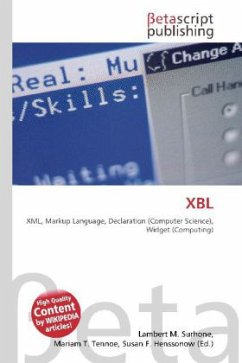Please note that the content of this book primarily consists of articles available from Wikipedia or other free sources online. XML documents typically refer to external entities, for example the public and/or system ID for the Document Type Definition. These external relationships are expressed using URIs, typically as URLs. However, if they are absolute URLs, they only work when your network can reach them. Relying on remote resources makes XML processing susceptible to both planned and unplanned network downtime. Conversely, if they are relative URLs, they''re only useful in the context where they were initially created. One way to avoid these problems is to use an entity resolver (a standard part of SAX) or a URI Resolver (a standard part of JAXP). A resolver can examine the URIs of the resources being requested and determine how best to satisfy those requests. The XML catalog is a document describing a mapping between external entity references and locally-cached equivalents.
Bitte wählen Sie Ihr Anliegen aus.
Rechnungen
Retourenschein anfordern
Bestellstatus
Storno








